Comparing Virtual Power Plant (VPP) providers in Australia? By joining a VPP, your home battery can earn you extra income, improve payback, and support grid reliability especially when paired with available solar battery rebates. But not all VPPs are the same. Some programs offer higher payouts, while others focus on upfront battery discounts or zero-bill guarantees.
This guide compares the top VPP providers across contract terms, retailer lock-in, financial incentives, and battery compatibility so you can find the option that fits your needs. Learn more about how Virtual Power Plants work or explore our solar battery price guide to estimate your return on investment.
Table of contents
Quick Answers
Top providers and their strengths (2026)
- Amber SmartShift – Wholesale-price upside with user override and broad compatibility.
- AGL VPP – Predictable bill credits with clear annual cap and reserve protection.
- Origin Loop – Simple sign-up credit plus per-event bill credits for Origin customers.
- Discover Energy VPP – Higher event export credits plus profit-share, with opt-out limits.
- ShineHub VPP – Retailer-independent per-event credits, but ShineHub install required.
- Diamond Energy WATTBANK® – Ongoing access credit plus night export bonuses, no exit fees.
- GloBird ZeroHero – Daily credits and time-window incentives, optional event add-on.
- Synergy Battery Rewards (WA) – Rebate pathway plus strong event credits, low user control.
Key factors to choose a VPP (what usually matters most)
- Retailer lock-in: do you have to switch or stay with one retailer?
- Payment model: wholesale pass-through vs fixed credits vs per-event $/kWh.
- Caps and limits: annual kWh caps, daily caps, time-window caps, event opt-out limits.
- Battery control: you, provider, or hybrid (and whether you can override).
- Minimum reserve: user-set, fixed, not stated, or no guarantee.
- Fees: monthly subscriptions, establishment fees, or discount clawbacks.
- Compatibility: battery + inverter list, export limits, metering requirements.
- Transparency: event reporting, settlement timing, and where credits show up.
- Exit terms: notice period, clawbacks, and what you lose when you leave.
Common mistakes to avoid
- Assume the highest $/kWh headline equals the best annual return.
- Ignore retailer lock-in and end up worse off on your base tariff.
- Skip the caps and discover your upside is limited.
- Choose a VPP without confirming your battery and inverter eligibility.
- Overlook reserve rules and lose blackout protection when you need it.
- Forget settlement timing and expect cash-flow you will not get.
- Join without reading exit terms and get trapped by clawbacks.
- Treat bill credits as cash and misvalue the benefit.
- Opt out too often and trigger removal rules (where they apply).
- Underestimate internet and metering requirements for ongoing eligibility.
How we rank VPPs (our criteria)
We don’t name a single “best VPP overall” because the best option depends on your goals and constraints. Instead, we compare providers using a simple rubric:
- Earnings potential (0–5): upside in high-value events or market-linked pricing
- Predictability (0–5): fixed credits, clear caps, and stable benefit structure
- Lock-in and exit risk (0–5): retailer switching, minimum terms, clawbacks, notice
- Battery control and reserve (0–5): ability to set reserve, override, and protect backup
- Transparency (0–5): event visibility, reporting, settlement timing, clarity of rules
- Compatibility and requirements (0–5): battery/inverter breadth, metering/export rules
- Fees and fine print (0–5): subscription fees, establishment fees, opt-out penalties
In this article we apply those criteria to define “best for” categories and to surface the trade-offs (caps, lock-in, clawbacks, reserve rules) directly in the comparison table.
VPP Provider Comparison Table (2026)
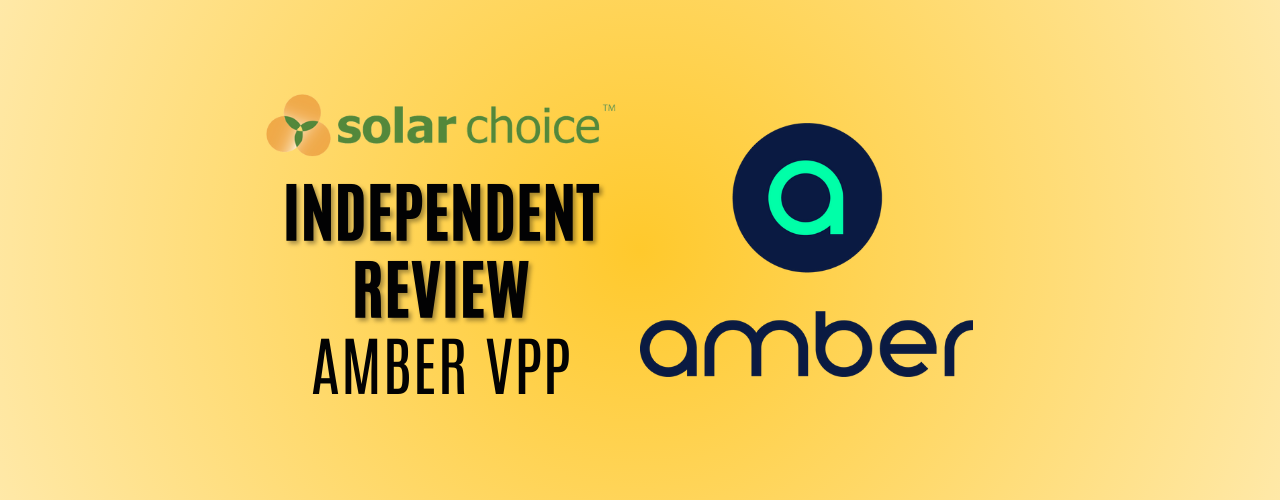
Amber
VPP
Available In:
ACT, NSW, QLD, SA, VIC
Lock in Contract:
No
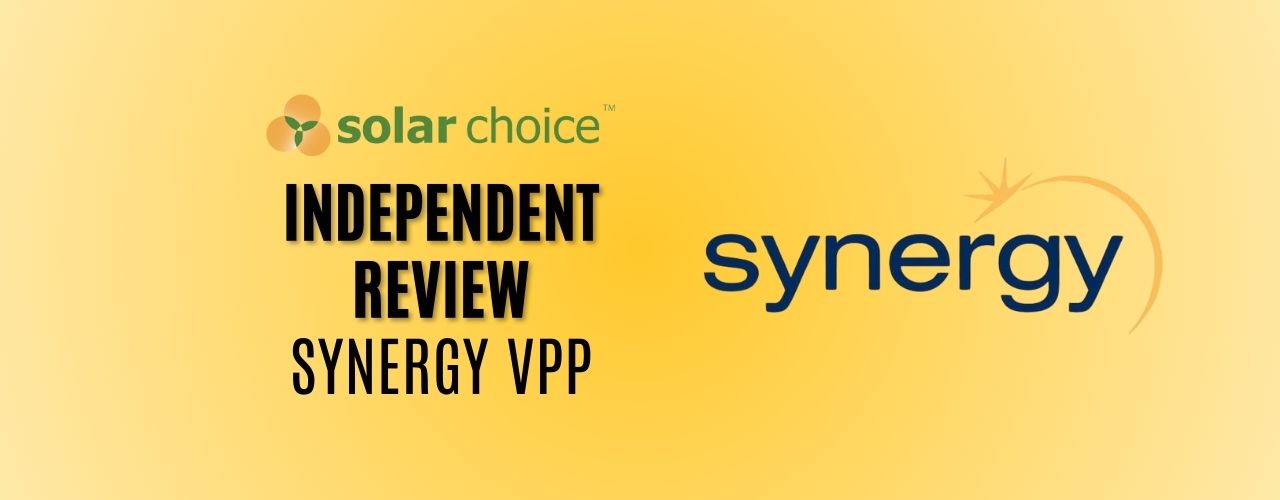
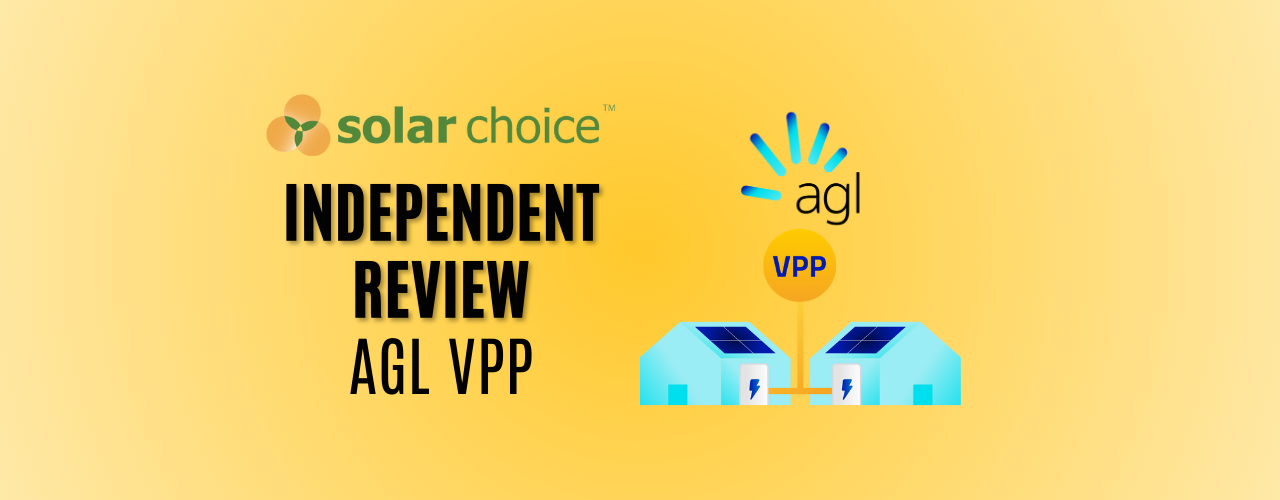

Energy Australia
VPP
Available In:
ACT, NSW, QLD, SA, VIC
Lock in Contract:
No
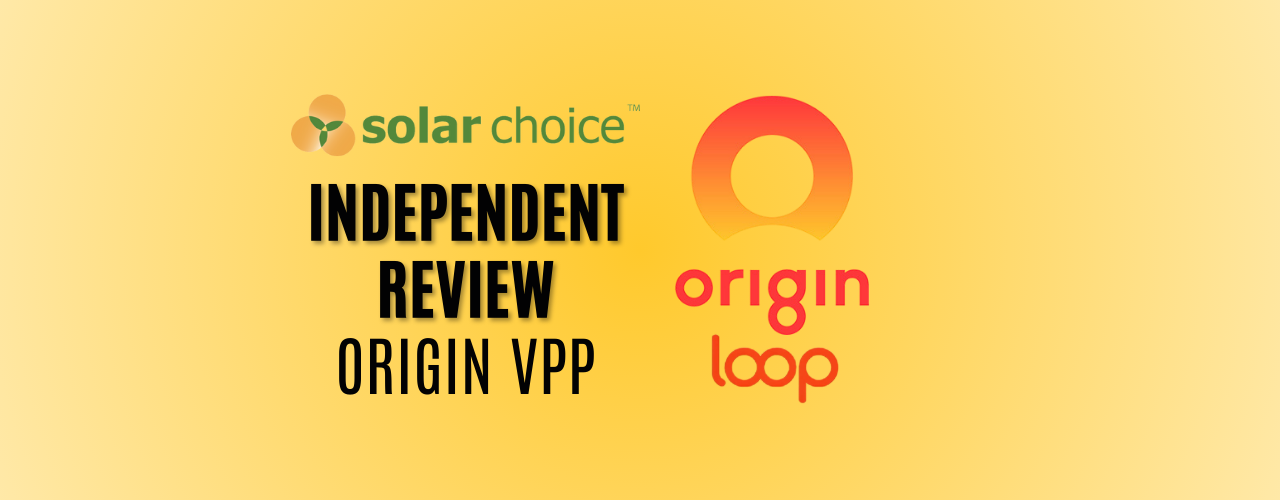
Origin Loop
VPP
Available In:
ACT, NSW, QLD, SA, VIC
Lock in Contract:
No
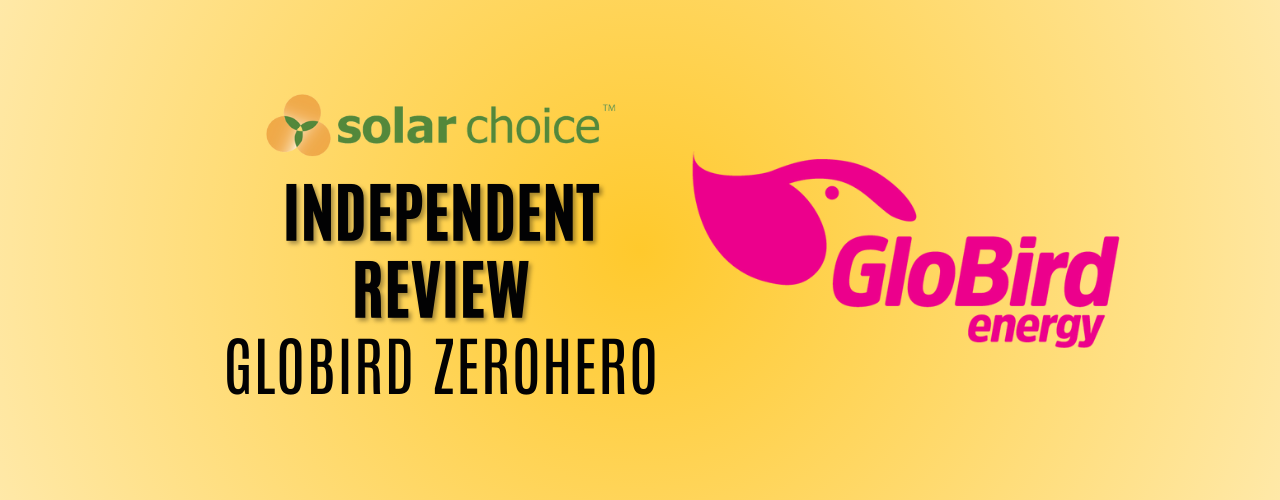
Globird ZEROHERO
VPP
Available In:
NSW, QLD, SA, VIC
Lock in Contract:
No
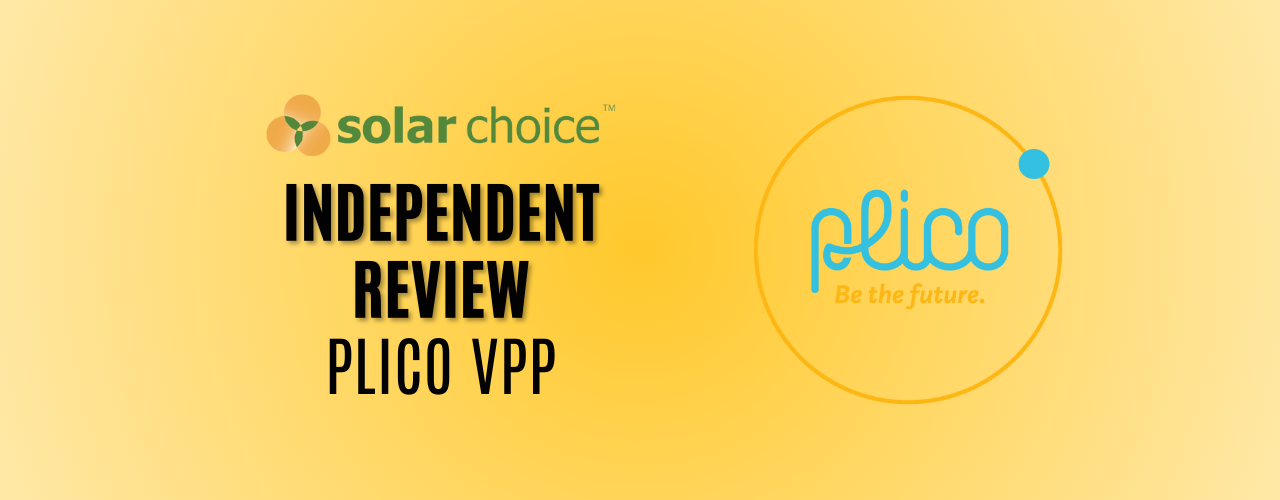
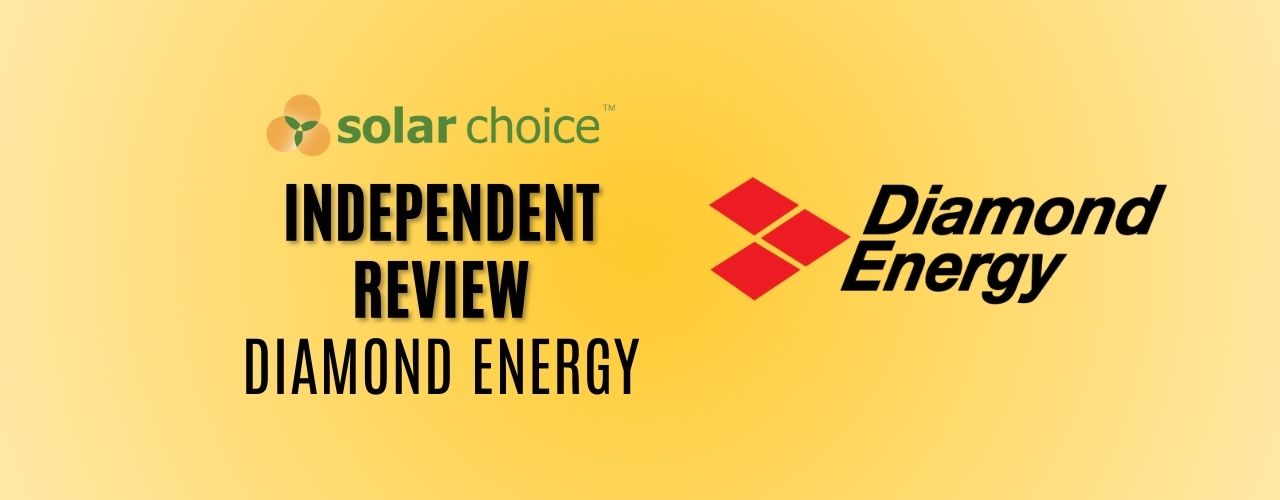
Diamond Energy WATTBANK
VPP
Available In:
NSW, QLD, SA, VIC
Lock in Contract:
No
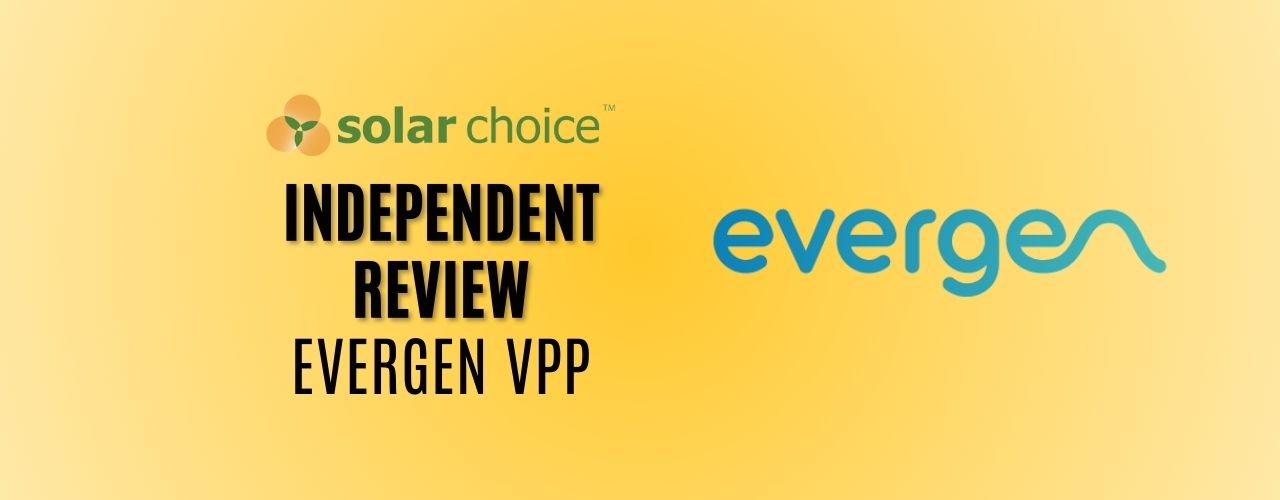
Evergen
VPP
Available In:
ACT, NSW, QLD, SA, VIC
Lock in Contract:
No
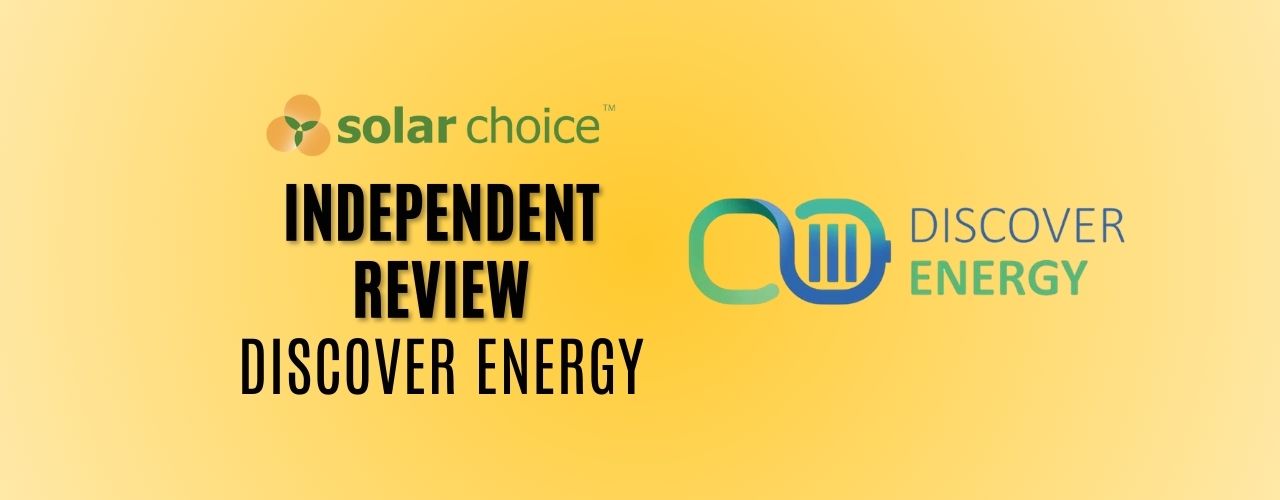
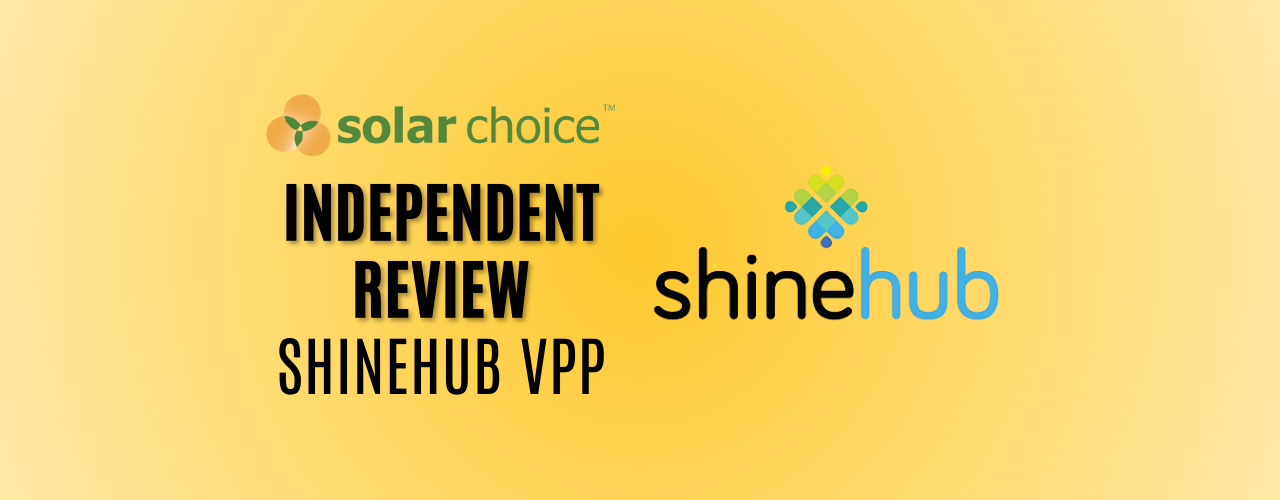
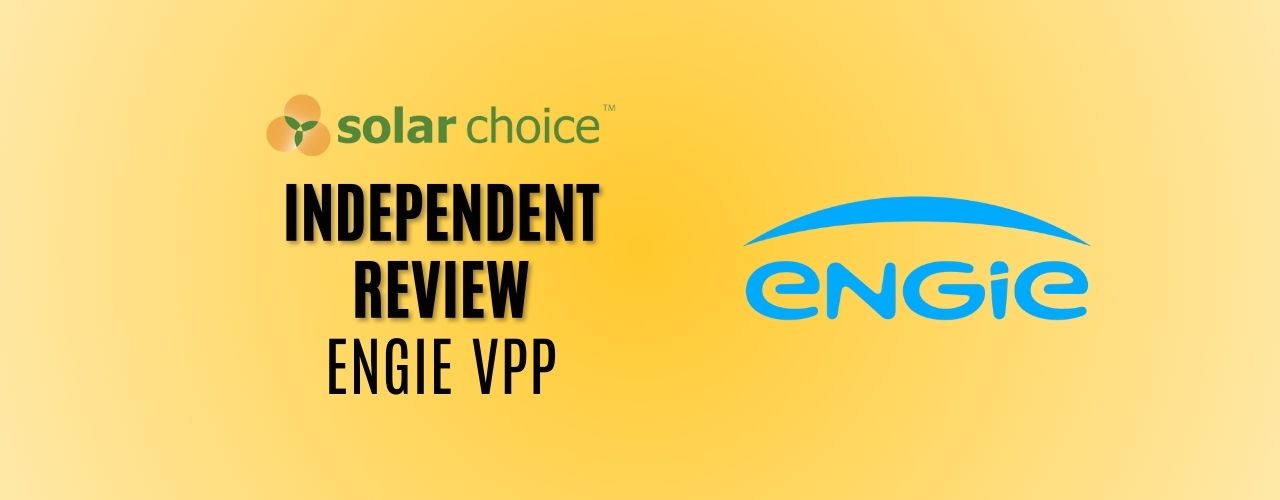
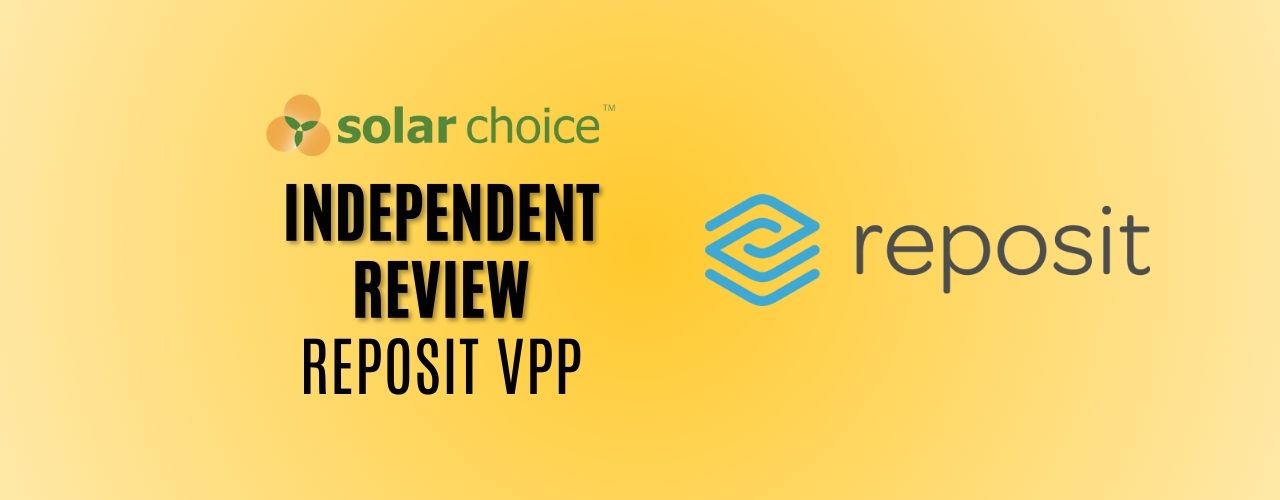
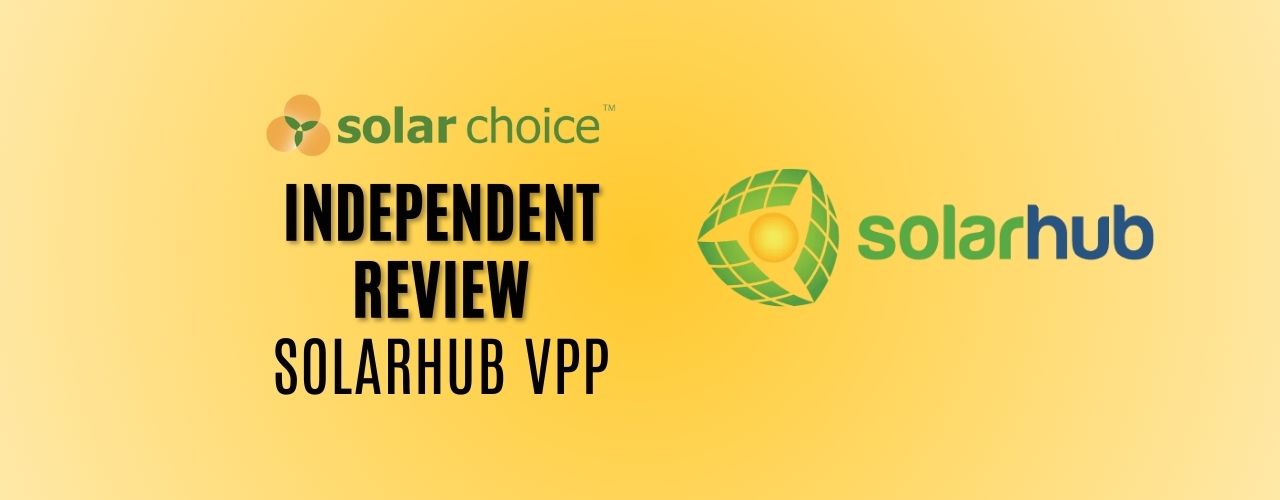
Best VPPs Compared By Use Case
Best for maximum earning potential (wholesale or market-linked upside)
Winner: Amber SmartShift
- Wholesale export value is passed through (high upside in rare spikes).
- You can override automation and set your reserve via the app.
- No lock-in contract (cancel with notice), but you pay a monthly fee.
Alternative: Discover Energy VPP
- Higher event export credit plus a profit-share component during VPP events.
- No stated annual kWh cap on VPP-triggered exports in the published summary.
- Requires Discover retail account and allows limited event opt-outs.
Best for predictable credits (fixed monthly or fixed ongoing credits)
Winner: EnergyAustralia Battery Ease
- Predictable bill credits (up to $15/month, $180/year stated).
- 20% minimum reserve stated, plus capped event hours.
- No exit fees noted, but you must stay an EnergyAustralia customer.
Alternative: Diamond Energy WATTBANK®
- Fixed “access” credit range stated ($250 to $450/year depending on system).
- Extra night export credits (time-window based), and no exit fees noted.
- Includes an establishment fee unless waived in specific scenarios.
Best for no retailer lock-in (retailer-independent)
Winner: ShineHub VPP
- You can choose and switch electricity retailers without losing VPP benefits.
- Pays per-event export credits on top of your normal retailer feed-in tariff.
- Only available if your battery system is installed by ShineHub.
Alternative: Reposit “No Bill” VPP (check current offer/terms)
- Historically positioned as retailer-independent with trading/optimisation.
- Current terms, eligibility and payment model should be confirmed before joining.
Best for upfront battery discount (new battery buyers)
Winner: ShineHub VPP (where the discount offer applies)
- Stated incentives include an upfront discount or a long-term monthly discount option.
- Retailer-independent (you keep control of your electricity retailer choice).
- Confirm eligibility, battery brand approval and how exit affects discounts.
Alternative: AGL (AGL-supplied battery + discount path)
- Discount path is tied to a 5-year term with pro-rata clawback if you leave early.
- Clear event credit model and annual cap stated.
- Retailer lock-in applies (AGL plan required).
Best for existing customers of a retailer (Origin, AGL and similar)
Winner: Origin Loop
- Designed for Origin electricity customers with a compatible battery.
- Clear benefit structure: sign-up credit plus per-event bill credits with a cap.
- No lock-in contract on BYO path (leave with notice).
Alternative: AGL VPP
- Works well if you are already on AGL (or willing to switch).
- Ongoing quarterly credits plus event credits, with a stated annual cap.
- Event credits settle annually (cash-flow is slower).
Best for WA households
Winner: Synergy Battery Rewards (WA, SWIS)
- VPP participation is mandatory for the WA residential battery rebate pathway.
- Stated event credit rate and “offset credits” to avoid being out of pocket.
- Two-year term and you cannot opt out of individual events.
Alternative: Plico VPP (WA, SWIS)
- Very high stated event reward structure (minimum stated per kWh).
- BYO entry possible for some battery brands.
- Check minimum term and opt-out fee conditions in the service agreement.
Best for strict backup-reserve control
Winner: AGL VPP
- Stated minimum reserve approach for common systems and a clear annual cap.
- Predictable, capped orchestration reduces “deep discharge” risk in big years.
- Still requires retailer lock-in and credits are bill credits.
Alternative: EnergyAustralia Battery Ease
- Stated 20% minimum reserve and capped event hours.
- Fixed credits are simple, but transparency is more limited than app-led VPPs.
- Grid charging (if used) is billed at your standard rate.
What To Look For When Choosing a VPP
Retailer lock-in vs retailer-independent
Retailer-independent VPPs let you chase better tariffs and feed-in rates later. Retailer-tied VPPs can still be worth it, but you must factor in the total bill outcome, not just VPP credits. Use our guide to feed-in tariffs and state pages for best NSW FiTs, best VIC FiTs and best QLD FiTs.
Payment model (wholesale vs fixed credits vs per-event)
- Wholesale pass-through can win big in spikes but is unpredictable.
- Fixed credits are easier to value and compare.
- Per-event $/kWh is only attractive if events actually occur and your battery has spare energy.
Caps and fine print
Look for annual kWh caps, daily export caps, time-window caps, and opt-out rules. Caps often matter more than headline rates because they set your maximum annual value.
Battery reserve and blackout protection
If backup matters, treat “reserve” as a first-order decision. Some programs state a minimum reserve, others do not. Also check whether the program can discharge your battery without guaranteeing a minimum state of charge.
For background on how batteries behave in real homes, use our homeowner’s guide to solar batteries.
Compatibility and metering/export requirements
The number one failure point is eligibility: battery model, inverter pairing, smart meter, export limit, and internet reliability. Confirm these before you choose based on rates.
Transparency (event logs, reporting, settlement timing)
Ask: “Can I see events, kWh, and credits clearly?” Some VPPs show detailed event history in-app; others only show credits on bills later.
Battery wear and warranty considerations
More cycling can affect battery wear. Some programs include safeguards (caps, reserve rules, cycle limits), others explicitly place responsibility on the customer. If warranty coverage is critical, confirm with your battery manufacturer and installer before enrolling.
Frequently asked question
It depends on how you define “pays the most”. Wholesale-linked options (like Amber SmartShift) can earn far more in rare price spikes, but returns vary and fees apply. Fixed-credit programs are more predictable but usually capped. Per-event programs sit in the middle and depend heavily on event frequency and your battery’s spare capacity.
They can be, but only if the trade-offs suit you. A good VPP can improve battery payback or reward you for exporting during peak demand, especially when stacked with incentives. Start with is a VPP worth it? and then compare lock-in, caps, and reserve rules against your household’s goals.
Some VPPs require you to be on their electricity plan (AGL, Origin, Discover, Amber, GloBird, Synergy, EnergyAustralia). Others are retailer-independent (ShineHub, and some offers like Reposit historically). If you want to keep retailer choice, prioritise retailer-independent options and confirm eligibility early.
Often yes, but eligibility is strict. Retailer VPPs generally require specific battery and inverter combinations, plus a smart meter and reliable internet. Some programs are installer-gated (ShineHub requires a ShineHub-installed battery). Always confirm your exact model, not just the brand.
Potentially. If a program can discharge your battery during events without a guaranteed minimum reserve, you could be left with less stored energy. Some programs state minimum reserves, others do not. If blackout protection matters, choose a VPP with a clearly stated reserve approach and ask how it behaves during prolonged events.
Most offers in this comparison primarily use bill credits. Some programs note a cash-out option above a threshold (for example, Discover mentions cashing out credits above $100). Wholesale pass-through works differently because export value is tied to market pricing. Always confirm whether credits can be withdrawn or are bill-only.
Events are usually called during peak demand or high wholesale price periods. Frequency can vary by region, season, and the operator’s strategy, and many providers do not publish typical event frequency. Ask whether you will receive event logs, how energy is measured, and when credits settle.
Many programs allow exit with notice and no exit fees, but discount-based offers often include clawbacks. AGL’s discounted supply path uses a fixed term with pro-rata clawback if you leave early. ShineHub’s discount arrangements can affect what you lose on exit. Always read the exit clause and ask for the clawback calculation in writing.
Compatibility varies by provider and often by inverter pairing. Some programs list broad brand coverage, others require specific models and inverters. Start with your battery and inverter model details and confirm with the provider’s approved list at time of sign-up.
Some state programs have offered extra incentives for VPP participation alongside battery rebates. Eligibility can depend on provider, hardware, and program rules. If you’re stacking incentives, confirm that your chosen VPP and battery meet current requirements and that enrolling won’t block other benefits.
WA is unique. Participation in a VPP is a mandatory condition for accessing the WA residential battery rebate pathway, and Synergy Battery Rewards is the default for many SWIS customers. Alternative approved VPPs exist (such as Plico), but terms can differ. Always confirm approved VPP status at time of installation.
Usually yes for standard exports, and VPP credits are often paid on top. But some plans use time-varying FiTs or specific export windows that can reduce the value of midday exports. Use our feed-in tariff guide to check the trade-offs in your state.
Start with your battery size, typical daily exports, and whether you can reliably export during peak windows. Also factor in any VPP fees and caps. For broader context on battery economics, see our solar battery price guide and the homeowner’s guide.
- Air Conditioners Compared Australia | Independent Homeowners Guide (2026) - 23 December, 2025
- Changes To Cheaper Home Batteries Program | Homeowners Guide | Coming 1 May 2026 - 15 December, 2025
- ReadySteadyPlug EV Charging for Apartments: An Independent Review by Solar Choice - 12 December, 2025
